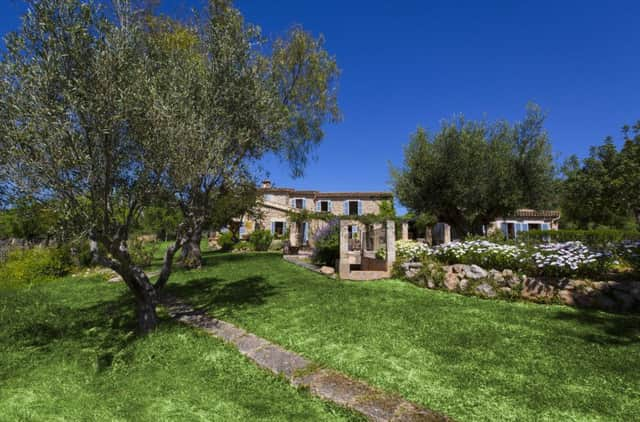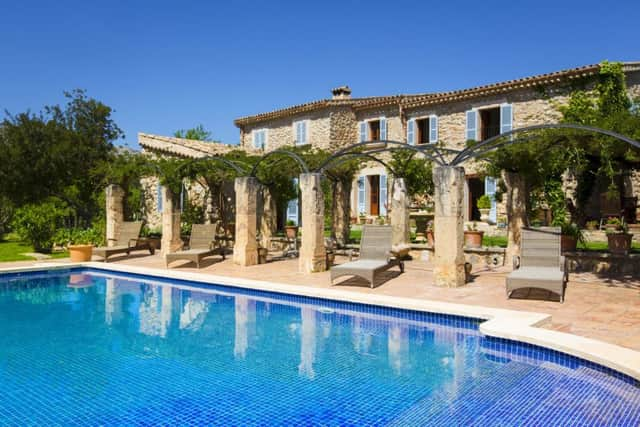Top of the range homes in Mallorca


In 1838, Fryderyk Chopin spent time in the capital Palma and the picturesque hilltop town of Valldemossa. In the 1920s, poet and novelist Robert Graves based himself in the artists’ colony of Deia, and in 1956 Grace Kelly and Prince Rainier spent an idyllic honeymoon sailing and touring country vineyards in Pollensa.
It’s this rich vein of visitors that has led to many residences being built dotted among the undulating hills of the island – many of which are now enjoying a new lease of life - thanks in part to an invigorated property market with an upturn in sales transactions, as much as 40%, in popular locations compared to the same time last year.
Advertisement
Hide AdAdvertisement
Hide Ad“Since the economic crisis, prices overall have reduced by around 15-20 per cent,” explains Ann Kihlbom of Beaumount Properties. “This, combined with a strengthening pound is rekindling interest from British buyers keen to buy ahead of the next curve.”


Ten years ago and residential tourism was resolutely coastal focused – but times have changed, since the government began quietly and systematically upgrading the island’s interior. “Cycling and hiking have really taken off, with a targeted expansion of quality golfing facilities too,” says Helen Hoole-Bolton of Real Homes Mallorca. “Buyers looking to spend the winter months on the island are also more likely to gravitate towards country property within easy reach of the capital Palma. Rural villages tend to have well-established communities. More importantly perhaps, they have a year-round population compared to the coastal resorts where property occupancy ratios are much more seasonal.”
With the backdrop drama of the Tramuntana Mountains running along its northern spine, Majorca’s topographically diverse hinterland has undulating tilled fields, vineyards, hill-hugging olive plantations and innumerable almond groves. “40 per cent of the island is protected parkland,” explains Jana von Axleben, Regional Manager for agents Porta Mallorquina, “with stringent planning controls in place to keep urban development in check.”
While rural new-build development is a rarity, property choice is nonetheless diverse; traditional townhouses can be picked up for £180,000, restored fincas (farmhouses) with land starting around £375,000 through to grand possesios (manor houses) with good-sized gardens which fetch anything from £750,000 up to several million.
Buying inland however, does carry certain restrictions. Plots of land in environmental protection areas of landscape interest (ANEI) enjoy the highest level of protection and may not be built upon under any circumstances. Cost implications and strict restoration guidelines also mean fewer traditional property makeovers. According to Alastair Kinloch, a RICS surveyor with Property Works Mallorca, buyers can budget up to £4,000 a square metre for construction for a major renovation, plus VAT and architect’s fees.